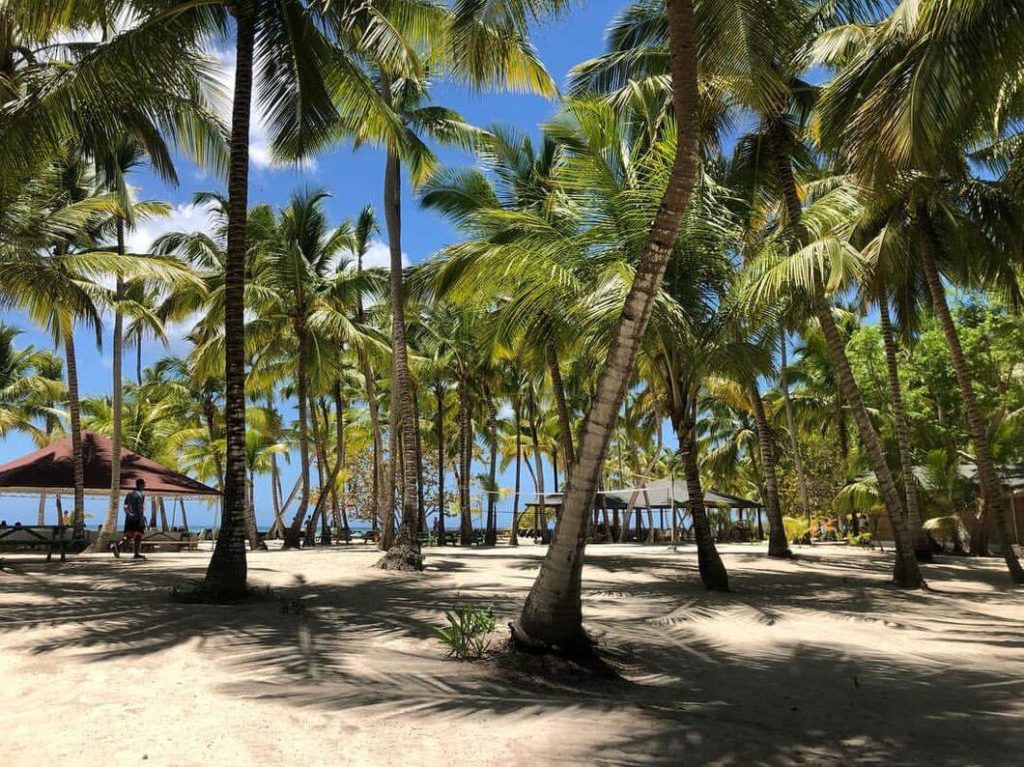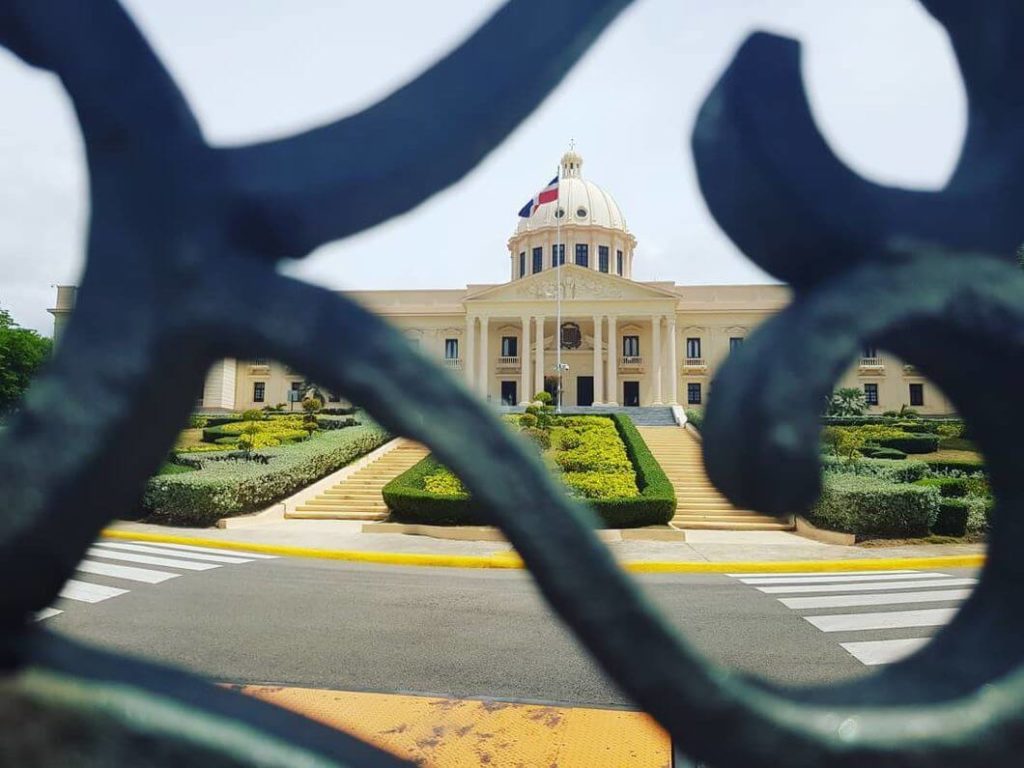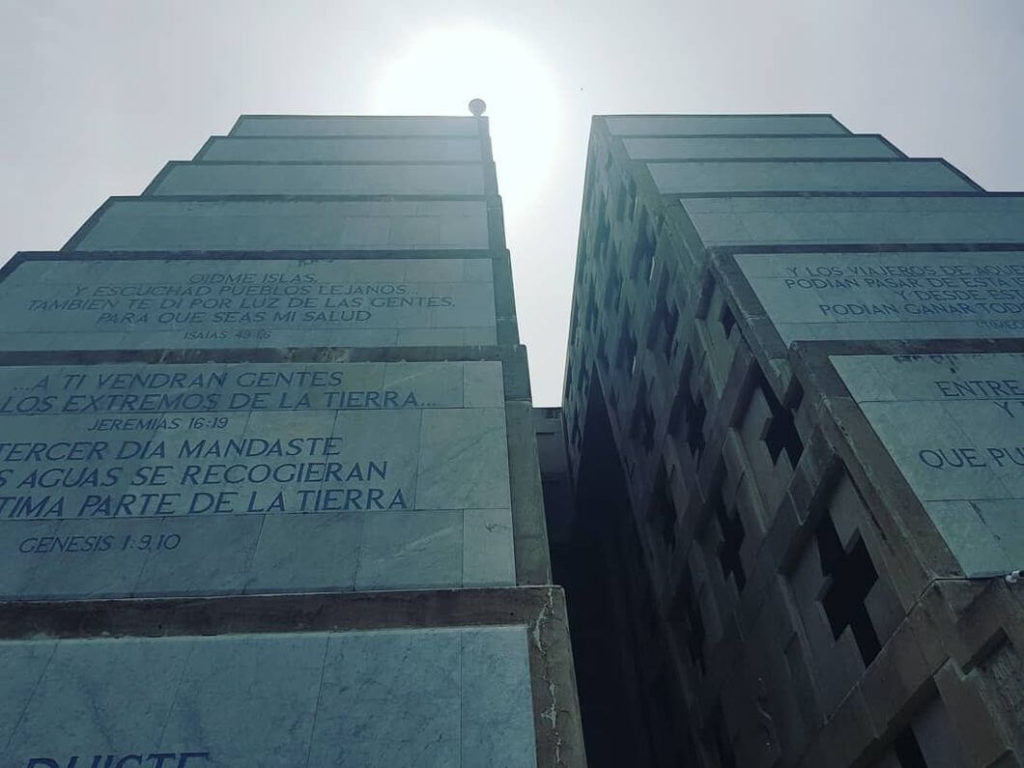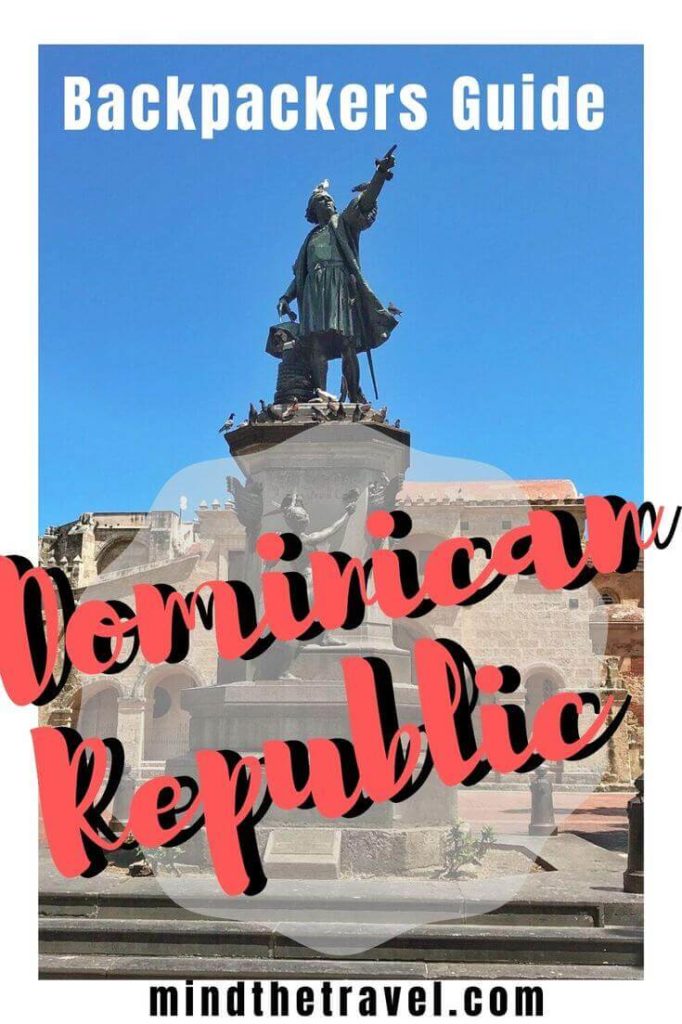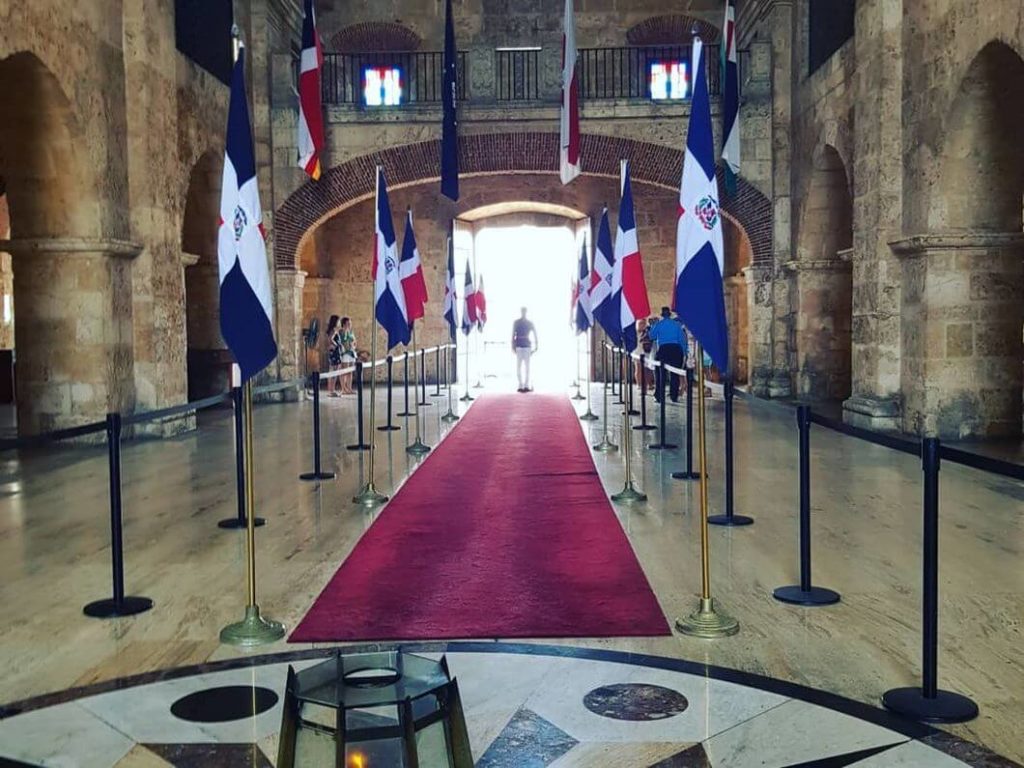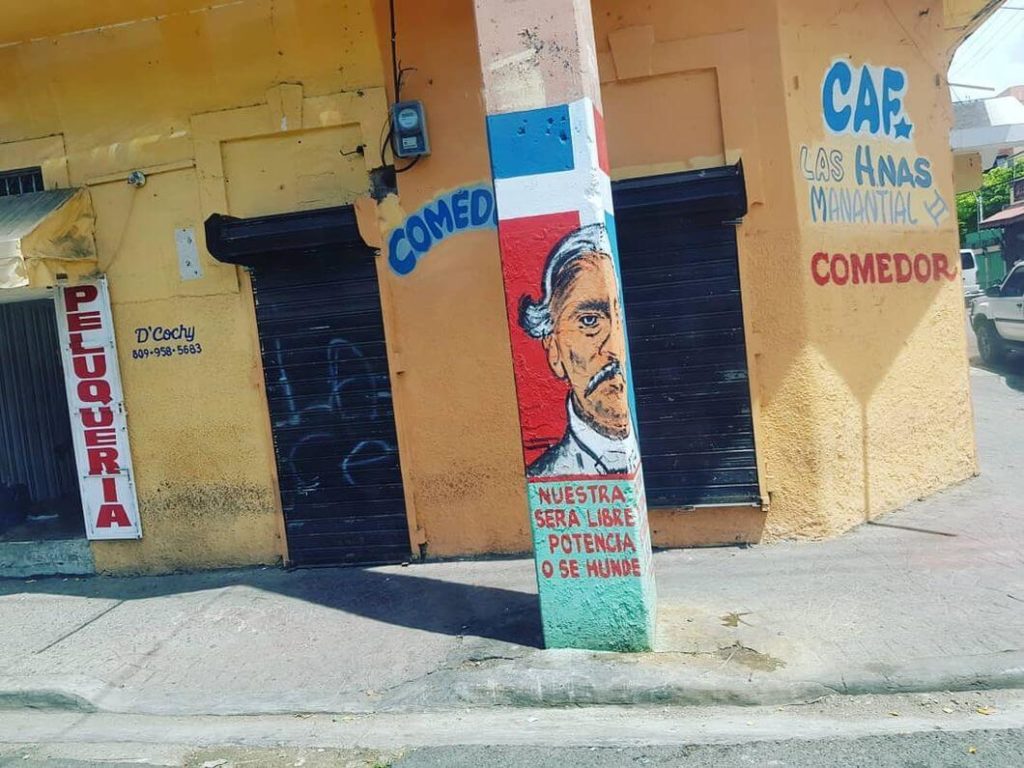Places to Visit in the Dominican Republic
Now that we’ve covered some of the best travel itineraries for backpacking the Dominican Republic, let’s plunge right into and explore some of the best places to visit in the Dominican Republic on your adventure!
1. Altos de Chavon, the City of Artists
The city of artists is a 16th-century Mediterranean village replica near La Romana. Established by American tycoon in 1976 it was completed in the early 1980s to entertain celebrities and wealthy men. Exploring the cobblestone paths and architecture of Altos de Chavon, as well as the surrounding area, is an amazing adventure. The village accommodates several restaurants, craft shops, Altos de Chavon School of Design and the Greek-style amphitheater where Frank Sinatra played the inaugural concert in 1982. Walking around the Altos de Chavon is like stepping back in time.
2. Go Kayaking in Jarabacoa
The Jarabacoa region lies in the Cordillera Central and is home to the several beautiful waterfalls and hiking trails like El Mogote. Today, you can visit Jarabacoa, a right spot to escape the heat of the lowlands and a completely off the beaten track destination. Be sure to visit Salto De Jimenoa Uno, a beautiful waterfall that is one of the highest in the area. You can get there by taking a tour or hiring a local guide. Go kayaking along the Yaque del Norte and Jimenoa rivers near Jarabacoa.
3. Los Tres Ojos Caves
Due to its central location in urban Parque Mirador del Este, the impressive Los Tres Ojos caves are very popular. With a large number of magnificent sculptures and picturesque sites in the Park, the limestone sinkholes are the most remarkable. The entire place got its name because of three (actually four) lagoons with turquoise water. There are paved trails all around the park, which make it a good spot for lots of activities and if you love stalactites and stalagmites, don’t miss out on this place. Admission is $2. You can rent a boat for an additional .50 cents USD.
4. Las Casas Reales Museum
One of the most popular museums in the Dominican Republic, Las Casas Reales, has some interesting exhibits on colonial history, architecture and the resistance movement. Even if you’re not a fan of the history of the Dominican Republic, you should stop by just to check it out. The interior of this museum is worth checking out.
5. Attend Dominican Republic Festivals
It seems that the Dominican Republic has some kind of celebration on every day of the year. Most of the festivals held in honor of the city’s or town’s patron saint. Such festivals as Santiago Apostol held in June. The Independence Day held at the end of February and Festival de Merengue in August.

6. Discover Gri Gri Lagoon
I read a lot of pirate books when I was a kid and I often wondered what was their secret for escaping the pursuit. The Gri Gri lagoon is some kind of an answer. As the boat moves through the mangrove channel, it ends up with a decent berth. The lagoon sits in Rio San Juan and connected to the ocean by a channel, which is home to a huge number of birds. When going there bring your snorkel mask and be sure to go as a group to save money.
7. Whale Watching
From January to March, the whale watching season in the Dominican Republic is at its peak as the humpback whales leave the cold Arctic waters and make their way to the island to mate. With several breeding grounds near the island, it is a great chance to hear male humpback whales courting songs and leaping out of the water. Whale watching is a pricey venture. But totally worth the money when you’re guaranteed to spot a few whales.
8. Go Underground in El Dudu Lagoon
The El Dudu lagoon, surrounded by natural cliffs is famous for its amazing underwater landscape. For many years the sunken trees were forming the unique world as limestone impurities slowly turned wood into stone. Thick trunks and thin branches create a surreal view of this underwater forest.
There are three paths leading deep into the rock. One of them ends with a cave with pockets of breathable air. The lagoon is a stone’s throw from Cabrera. This incredible place has a restaurant, a volleyball court, and camp facilities on-site. Sliding down the zip line into the lagoon was a great fun! There are carved stone steps leading down to the water for those who prefer a calmer experience. Admission is 150 Pesos ($4 USD).
9. Explore Santo Domingo
No trip to the DR is complete without visiting Santo Domingo. The largest city in the Caribbean boasts magnificent cathedrals, palaces, and historic sites. If you want a taste for some of the places that make the Dominican Republic special, Santo Domingo isn’t to be missed. Be sure to visit the Colonial City (Zona Colonial), which features old world Spanish architecture and quaint cobblestone streets. Such sites like the Palace of Fine Arts, the Museum of Modern Art, and the National Palace give you a deep understanding of the country’s rich history and culture.
10. Visit Faro a Colon (Columbus Lighthouse)
An astonishing cross-shaped monument of Christopher Columbus was built in 1992 for the 500th anniversary of Columbus’ arrival in the Western Hemisphere. It became known as a Columbus Lighthouse because of high-power lights projecting a blinding white cross in the sky that can be seen even from Puerto Rico. With plenty of artifacts from all over the region and documents related to Columbus’ voyages, there is some debate whether it’s actual Columbus’s burial place.

11. Hoyo Azul Lagoon
A natural pool with clear turquoise water located 16 km (10 mi) from the Punta Cana airport. Also known as the Blue Hole, it is one of the most beautiful places in Cap Cana and really popular with tourists. As you start to travel here, you discover a lovely hiking trail that brings you to the pool.
Since the Pond is fairly small it can’t accommodate everyone at once there’re might be a queue. To avoid crowds I’d recommend visiting Hoyo Azul Lagoon in the morning. With no public transport around, the only way to get there is by guagua or motoconchos.



